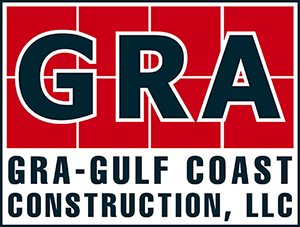Created by the US Green Building Council, the LEED construction program provides ratings for commercial structures that are based on the sustainability of the site, the sources of the energy that the building will use, the efficiency of the water supply, the materials that are used to build the edifice, the quality of the interior and the overall design. Many Houston companies are building new offices with the goal of making them as environmentally friendly as possible.
The Points
In total, a structure can earn 69 points. A new building must be given at least 26 points to be certified by LEED, and to receive the highest rating, the industrial construction LEED project must receive 52 points.
The Water Supply
The owner of the building is required to reduce the consumption of water by 50 percent. The program’s guidelines indicate that this goal can be achieved by capturing rainwater or establishing a more efficient irrigation system on the property.
Furthermore, the project will earn an additional point if the building contains appliances that reduce the consumption of water, such as faucets that are designed to decrease the flow of liquid.
The Site
To receive points in this category, the building should be positioned near numerous types of public transportation, and storage racks for bicycles can be installed on the property.
The regulations indicate that there should be a large amount of open space on the premises. The property must only contain walkways and patios that are within 40 feet of the structure.
Additionally, a roof that reflects a large amount of light and heat can be installed, or the owner may add vegetation that covers at least 50 percent of the roof’s surface area to earn another point.
Energy And The Surrounding Atmosphere
At least 2.5 percent of the energy that the building uses should be renewable. Acceptable sources of energy include solar power, moving water, wind and geothermal energy.
The owner can opt to eliminate refrigerants or to install an HVAC system that uses a minimal amount of electricity, and the equipment must produce a very low level of substances that can damage the ozone layer.
The project will be given an extra point if the owner designs and implements a long-term process of measuring the building’s usage of energy.
The Materials
When renovating a structure, at least 75 percent of the walls, the roof and the floors must be reused, and if 95 percent of these materials are recycled, the building will receive an extra point.
A minimum of 10 percent of the materials that are used to complete a new metal building construction project should be recycled.
The Interior And The Environment
The owner must not let individuals smoke cigarettes inside of the structure. Areas in which visitors are allowed to smoke should be positioned at least 25 feet away from the building’s doors and windows.
The program requires the structure to contain an automated system that monitors the quality of the air that enters the building, and in addition, the equipment should be programmed to sound an alarm if the amount of harmful substances exceeds 10 percent of the desired levels of specific chemicals.
To receive additional points, the owner must use an approved system to remove contaminated air from the building, or the proprietor can test the levels of certain toxins in the indoor air, such as formaldehyde, particulates and carbon monoxide.
Furthermore, at least 75 percent of the interior’s space should allow visitors to see daylight.
Encouraging Innovation
In order to obtain extra points, the owner can submit a written proposal to the USGBC that contains a list of innovative features of the structure’s design that may not be included in the LEED program’s guidelines.
